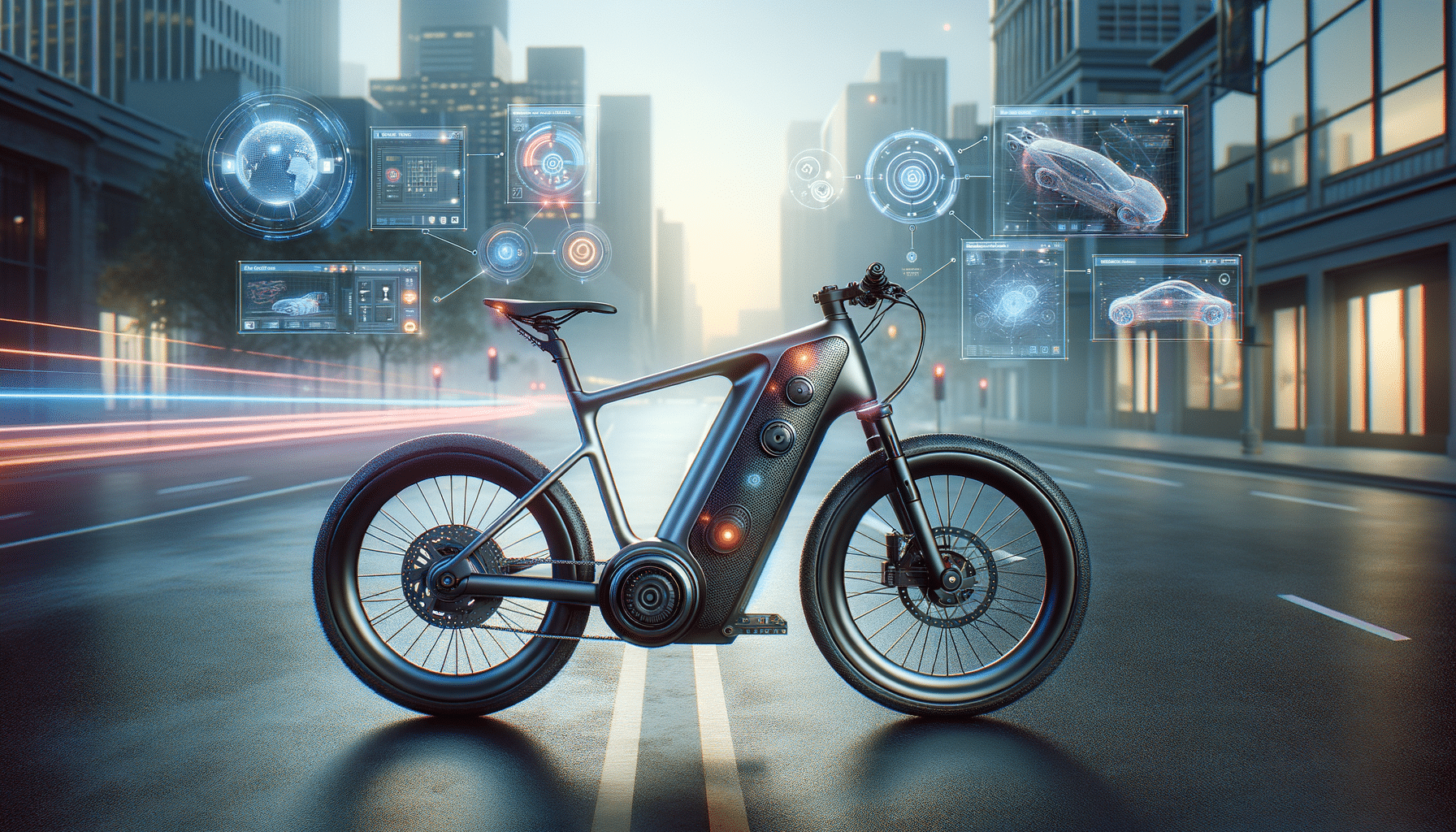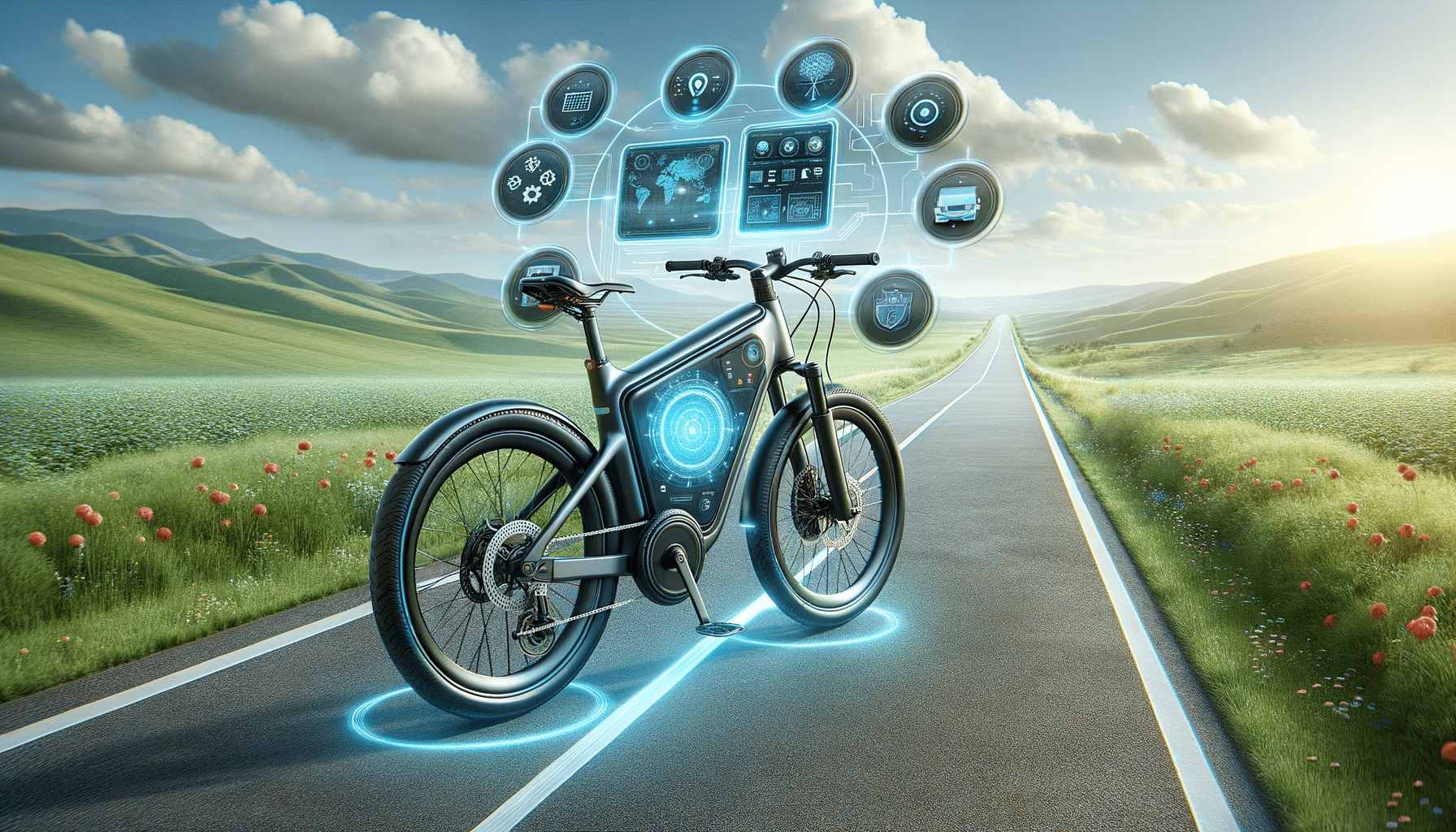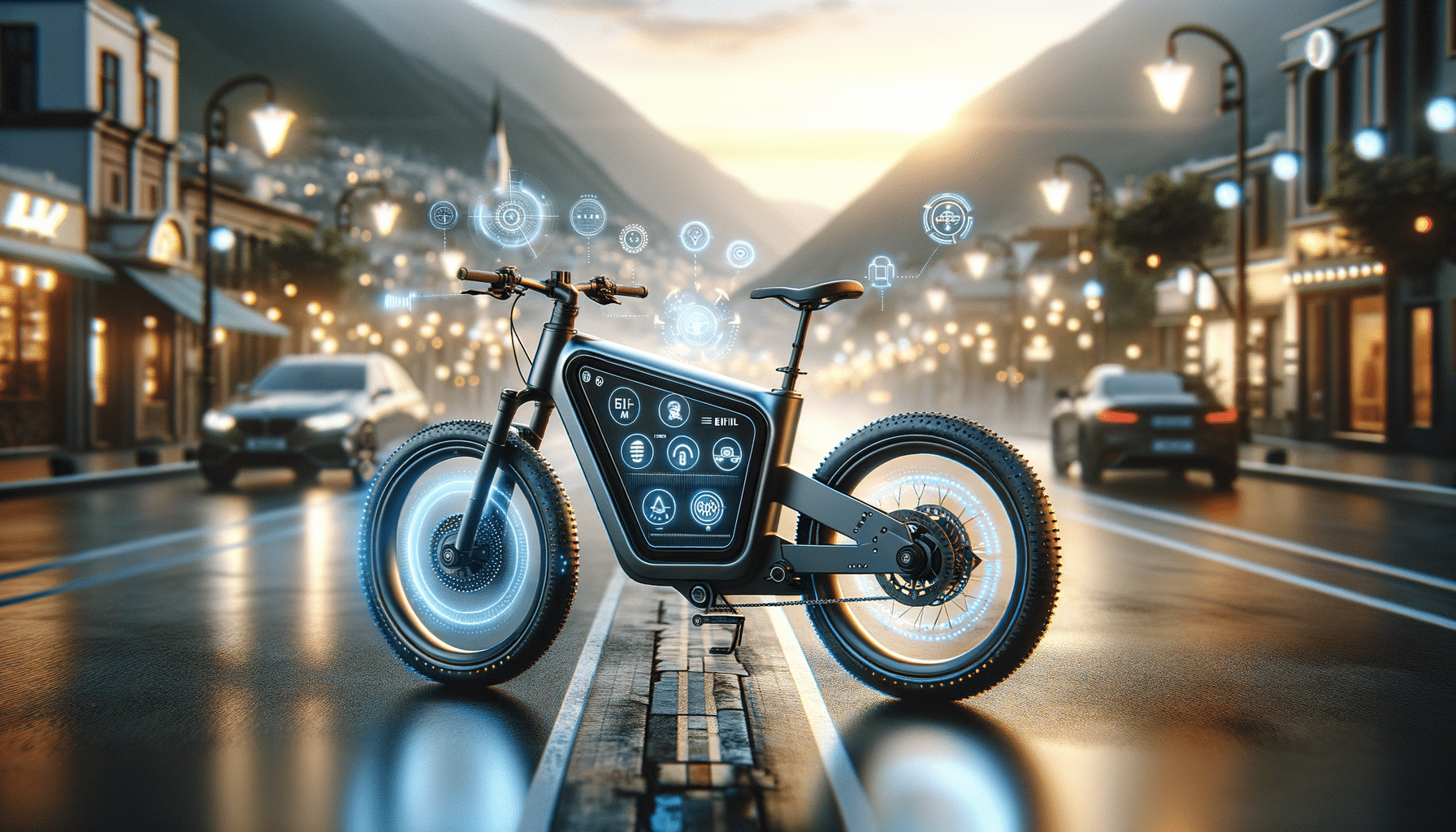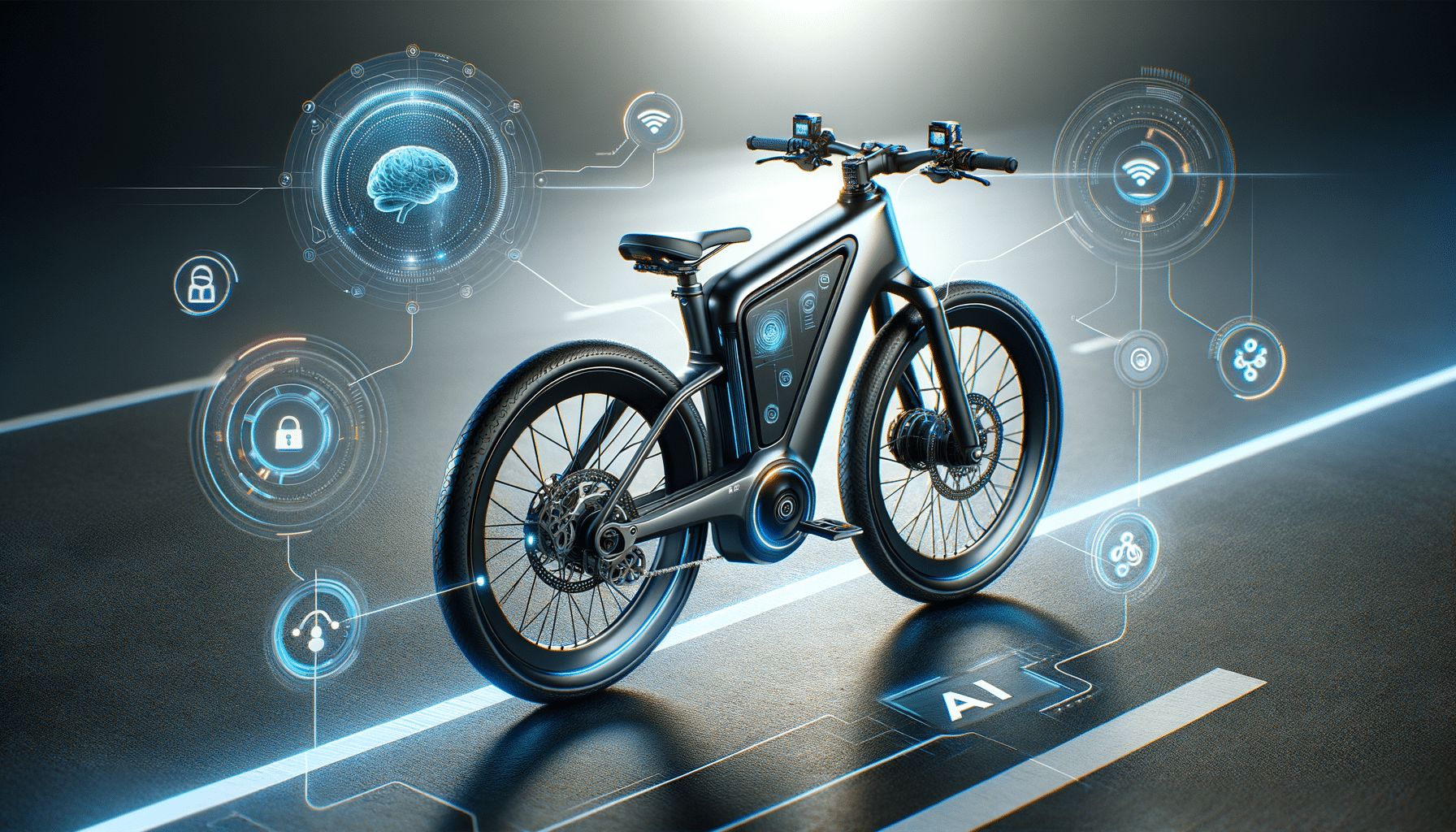
ai driven e-bikes intelligent systems and autonomous riding
Introduction to AI E-Bike Technologies
In recent years, the integration of artificial intelligence (AI) into e-bike technologies has revolutionized the way we perceive urban mobility. AI-driven e-bikes are not just about providing a means of transportation but are also about enhancing the overall riding experience. These bikes are equipped with intelligent systems that can adapt to various conditions, making them a compelling choice for modern commuters looking for efficiency and convenience. As cities become more congested, the need for innovative solutions like AI e-bikes becomes increasingly important.
AI e-bike technologies encompass a range of features, from smart navigation systems to energy-efficient power management. These advancements allow riders to enjoy a seamless journey, with the bike making real-time adjustments to optimize performance. Moreover, the environmental benefits of using e-bikes over traditional vehicles cannot be overstated, as they contribute to reducing carbon emissions and promoting sustainable urban living.
As we delve deeper into the world of AI-driven e-bikes, we will explore the various components that make these systems intelligent and how they are paving the way for a new era of autonomous riding.
AI-Driven Autonomous Riding
One of the most exciting developments in the realm of e-bikes is the advent of AI-driven autonomous riding capabilities. This technology allows e-bikes to operate with minimal human intervention, providing a glimpse into the future of transportation. Autonomous e-bikes are equipped with sensors and algorithms that enable them to navigate through traffic, avoid obstacles, and even park themselves.
These bikes use a combination of cameras, radar, and LIDAR technology to perceive their environment. The data collected from these sensors is processed by onboard AI systems, which make split-second decisions to ensure a smooth and safe ride. For instance, if the e-bike detects a pedestrian crossing the road, it can automatically slow down or stop to prevent a collision.
The potential applications of autonomous e-bikes are vast. They can be used for last-mile deliveries, reducing the need for delivery trucks in congested urban areas. Additionally, they offer a convenient option for individuals who may not have the ability to ride a traditional bike, such as the elderly or those with disabilities. As the technology continues to evolve, we can expect to see more widespread adoption of autonomous e-bikes in various sectors.
Intelligent E-Bike Systems
Intelligent e-bike systems are the backbone of AI-driven e-bikes, providing the necessary infrastructure for advanced functionalities. These systems integrate various components, such as smart sensors, connectivity modules, and user interfaces, to create a cohesive and user-friendly experience.
One of the key features of intelligent e-bike systems is their ability to learn from user behavior. By analyzing data such as riding patterns, speed preferences, and route choices, these systems can offer personalized recommendations to enhance the riding experience. For example, if a rider frequently travels uphill, the e-bike can adjust its power output to provide additional assistance, ensuring a comfortable ride.
Furthermore, connectivity is a crucial aspect of intelligent e-bike systems. Many e-bikes are equipped with GPS and Bluetooth capabilities, allowing riders to connect their bikes to smartphones or other devices. This connectivity enables features such as real-time tracking, route planning, and even remote diagnostics. As a result, riders can enjoy a more connected and informed journey, with access to valuable insights and updates at their fingertips.
The Impact of AI E-Bikes on Urban Mobility
The introduction of AI e-bikes has had a profound impact on urban mobility, offering a sustainable and efficient alternative to traditional modes of transportation. With the ability to navigate through traffic and adapt to changing conditions, AI-driven e-bikes are well-suited for city environments where congestion and pollution are major concerns.
One of the most significant advantages of AI e-bikes is their contribution to reducing carbon emissions. By replacing cars and motorcycles for short-distance travel, e-bikes help decrease the overall carbon footprint of urban areas. This shift towards greener transportation solutions is essential for cities aiming to combat climate change and improve air quality.
Moreover, AI e-bikes promote a healthier lifestyle by encouraging physical activity. While they provide electric assistance, riders still engage in pedaling, which can improve cardiovascular health and overall fitness. As cities continue to grow and evolve, AI e-bikes offer a practical solution that aligns with the goals of creating more livable and sustainable urban spaces.
Challenges and Future Prospects
Despite the numerous benefits offered by AI-driven e-bikes, there are challenges that need to be addressed to ensure their widespread adoption. One of the primary concerns is the cost of these advanced e-bikes, which can be prohibitive for some consumers. As technology advances and production scales up, it is expected that prices will become more accessible to a broader audience.
Another challenge is the need for infrastructure that supports the use of e-bikes. Dedicated bike lanes, charging stations, and secure parking facilities are essential to encourage more people to choose e-bikes as their preferred mode of transportation. Urban planners and policymakers must work together to create environments that are conducive to e-bike usage.
Looking ahead, the future of AI e-bikes is promising. As technology continues to evolve, we can expect to see even more sophisticated systems that offer enhanced safety, efficiency, and convenience. Innovations such as swarm intelligence, where multiple e-bikes communicate and coordinate with each other, could revolutionize how we perceive and utilize transportation systems. Ultimately, AI e-bikes represent a significant step towards a smarter, more sustainable future for urban mobility.


